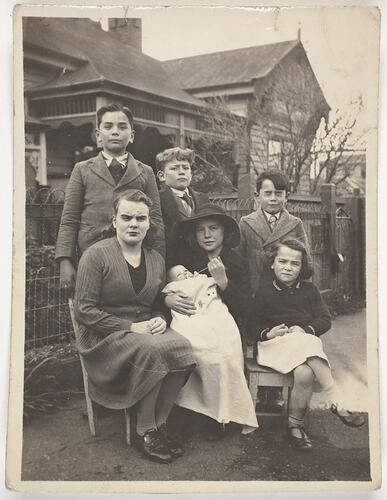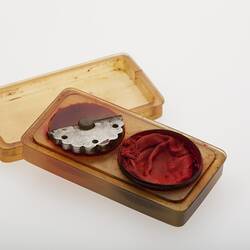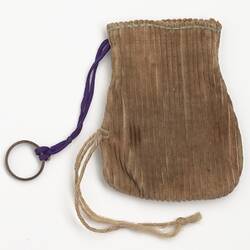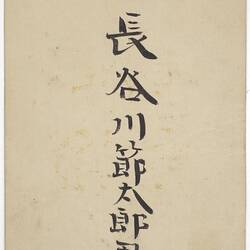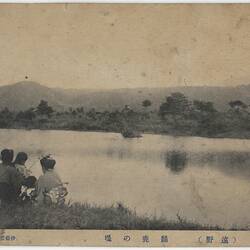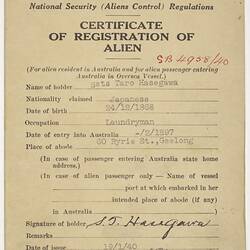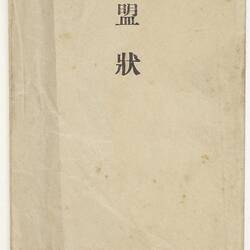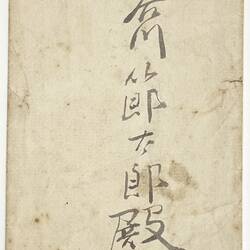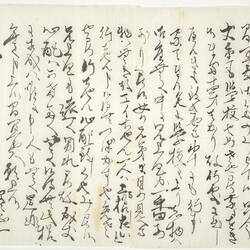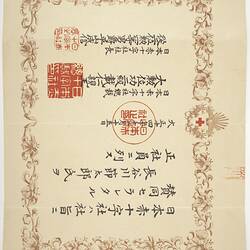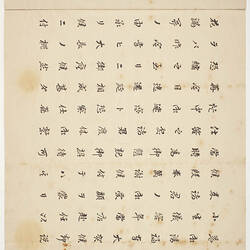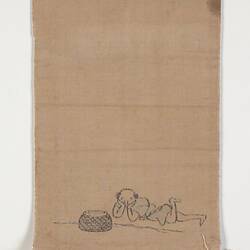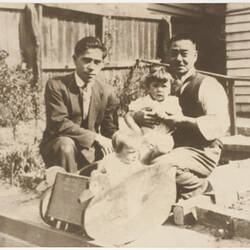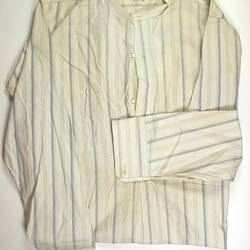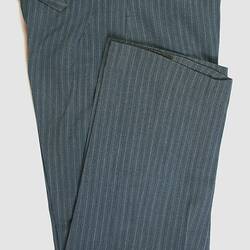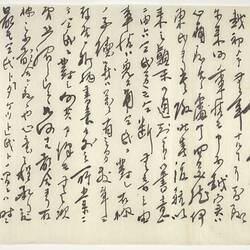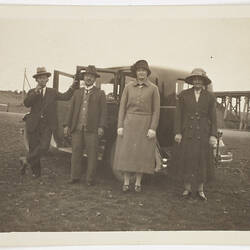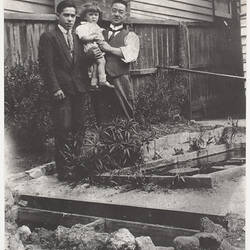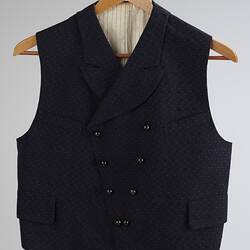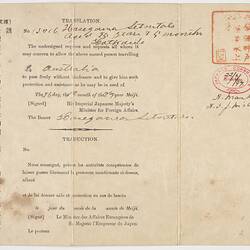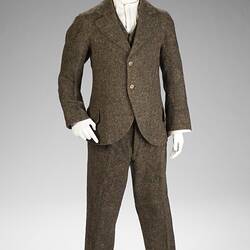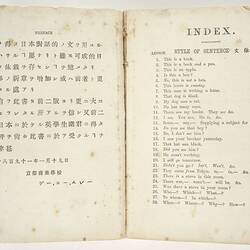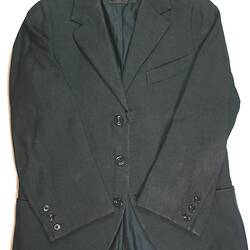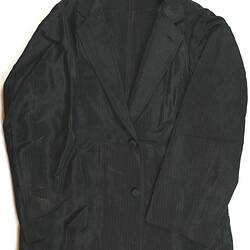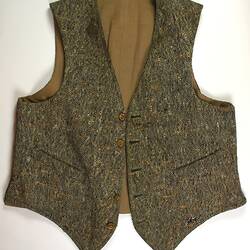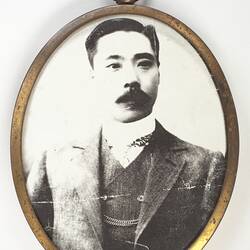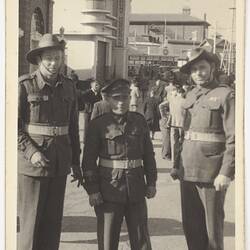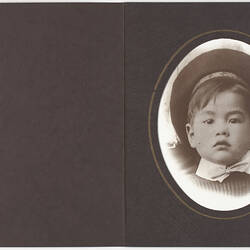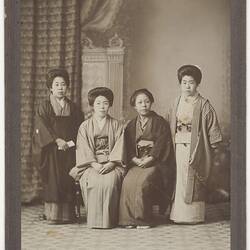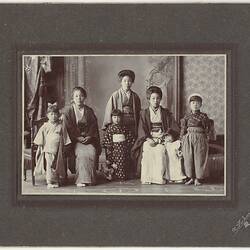Summary
Digital photograph of Setsutaro Hasegawa's grandchildren, the children of his eldest son Leo and Edna Ida (nee Jorgensen), outside the family home, Little Ryrie Street, Geelong, 1942. (left to right standing): Leonard, Tom, and Raymond (Taro); (left to right seated): Betty, Matsu, baby Leonora and Sylvia. Leo was the first of Setsutaro's three children to marry, in 1929.
Setsutaro migrated to Australia from Japan in 1897 at the age of 26, just four years before the introduction of the Immigration Restriction Act which severely limited migration to Australia from countries in Asia. He established a laundry business in Geelong and by 1911 he had married an Australian-born woman and had three children.
Setsutaro's three children all married Australian women. Leo married Edna Ida Gladys Jorgensen in 1929, Jack married Ellen Kathleen Keyte in 1933 and Joe married Marjorie Emma Climpson in 1935. Both Leo and Joe and their families remained living in Geelong, with Leo and Edna looking after Setsutaro's property during his internment. Jack and Ellen moved to the inner northern suburbs of Melbourne.
In 1941 Setsutaro was interned at Tatura as an enemy alien, he was over 70 years old. He was released at the end of World War II, and unlike most Japanese interns he was not deported. Setsutaro returned to Geelong where he remained for the rest of his life.
Description of Content
Family of Leo and Ida Hasegawa. The photograph is taken in front of the family home in Little Ryrie Street Geelong. In the back row from left to right are Leonard, Tom and Raymond. In the front row from left to right are Betty, Matsu and Sylvia. The baby being nursed by Matsu is Leonora.
Physical Description
Black and white photograph
Significance
The Hasegawa collection enables the exploration of a number of important historical themes relating to migration, working life, and wartime internment in Victoria. Late nineteenth century and early to mid twentieth century Japanese migration and settlement experiences are little represented in the museum's collections and this collection of clothing, documents, personal items and photographs helps to redress.
More Information
-
Collecting Areas
-
Acquisition Information
Donation from Andrew Hasegawa, 08 Oct 2009
-
Place & Date Depicted
Little Ryrie Street, Geelong, Victoria, Australia, 1942
Date provided by Andrew Hasegawa (donor) through Collection online comment, 17 May 2011 (mid 1940's) -
Individuals Identified
Leo Hasegawa; Ida Hasegawa; Leonard Hasegawa; Tom Hasegawa; Raymond Hasegawa; Betty Hasegawa; Matsu Hasegawa; Sylvia Hasegawa; Leonora Hasegawa
-
Format
Digital file, Black & White
-
Classification
-
Category
-
Discipline
-
Type of item
-
Dimensions
81 mm (Width), 107 mm (Height)
Photograph dimensions
-
Keywords
Families, Gardens, Homes, Japanese Communities, Japanese Immigration, Photography, Portraits
